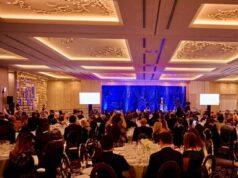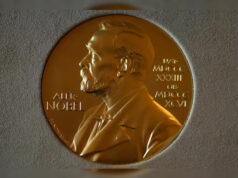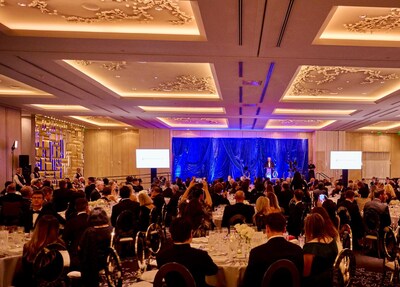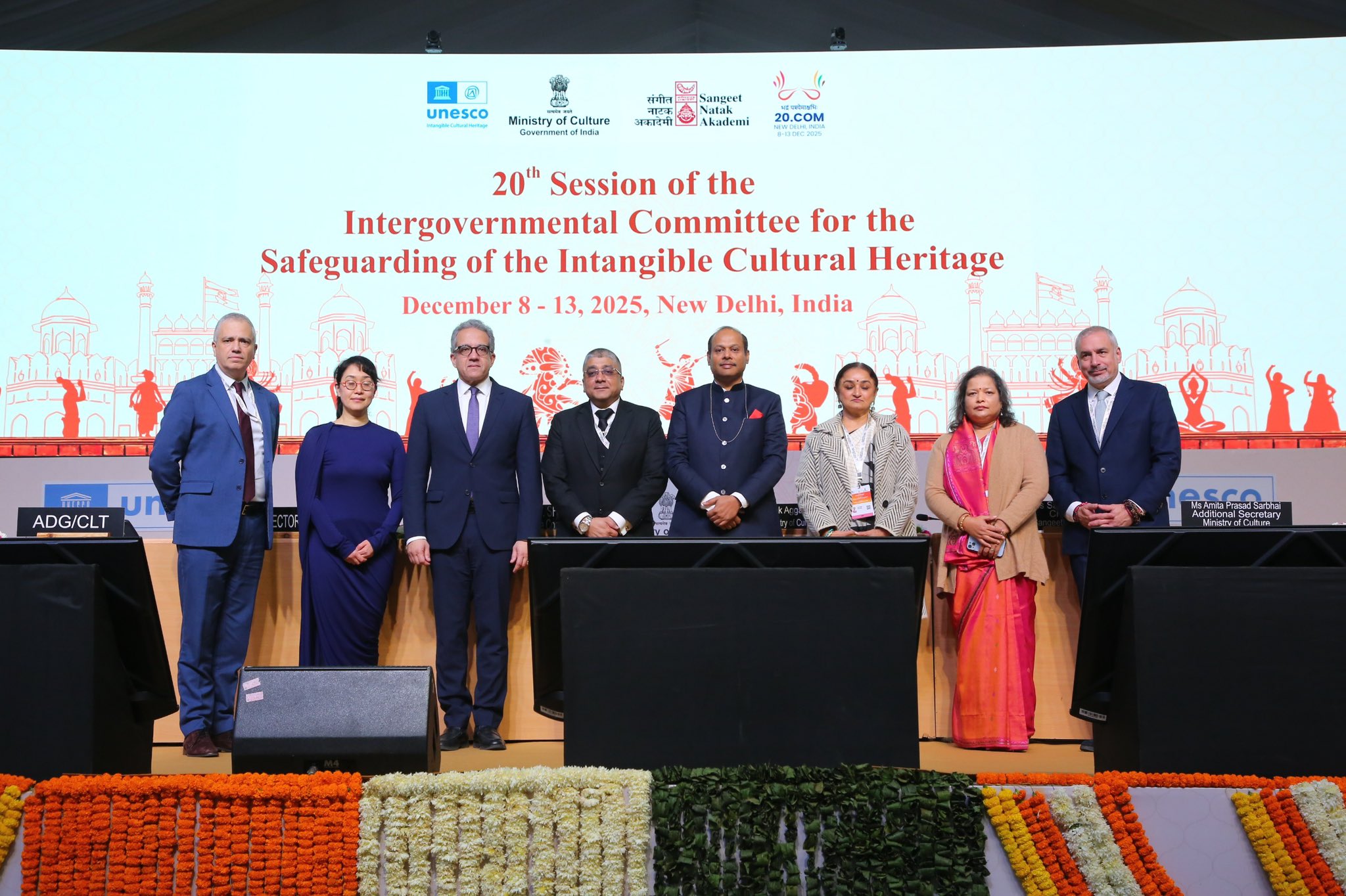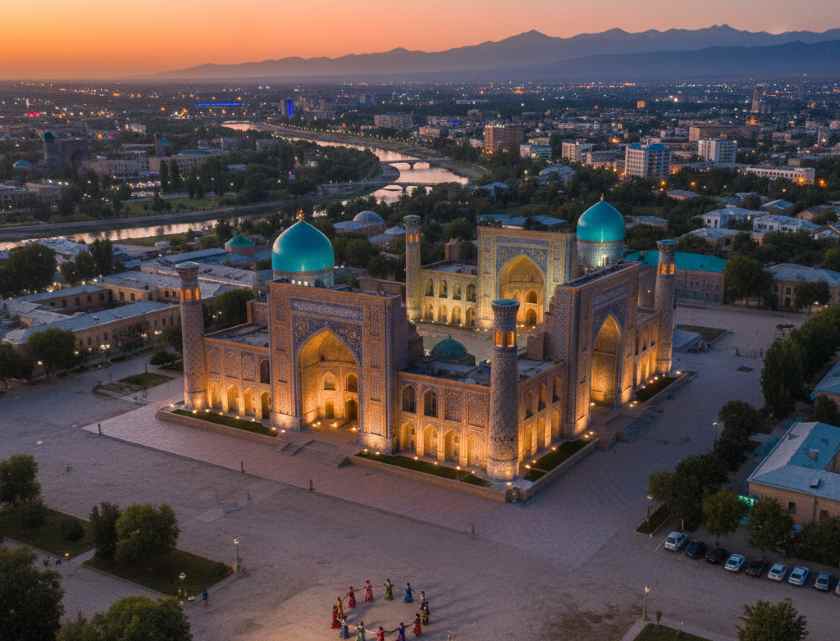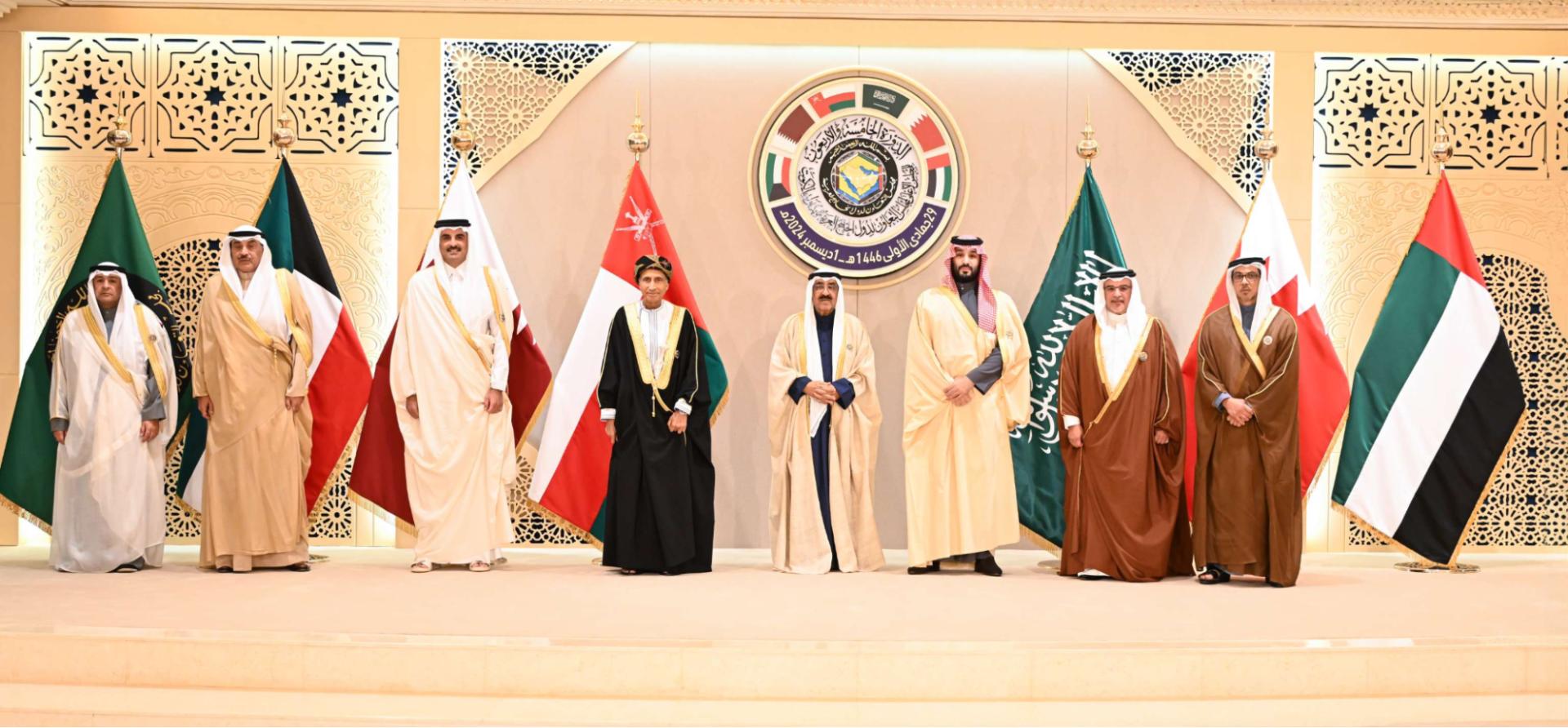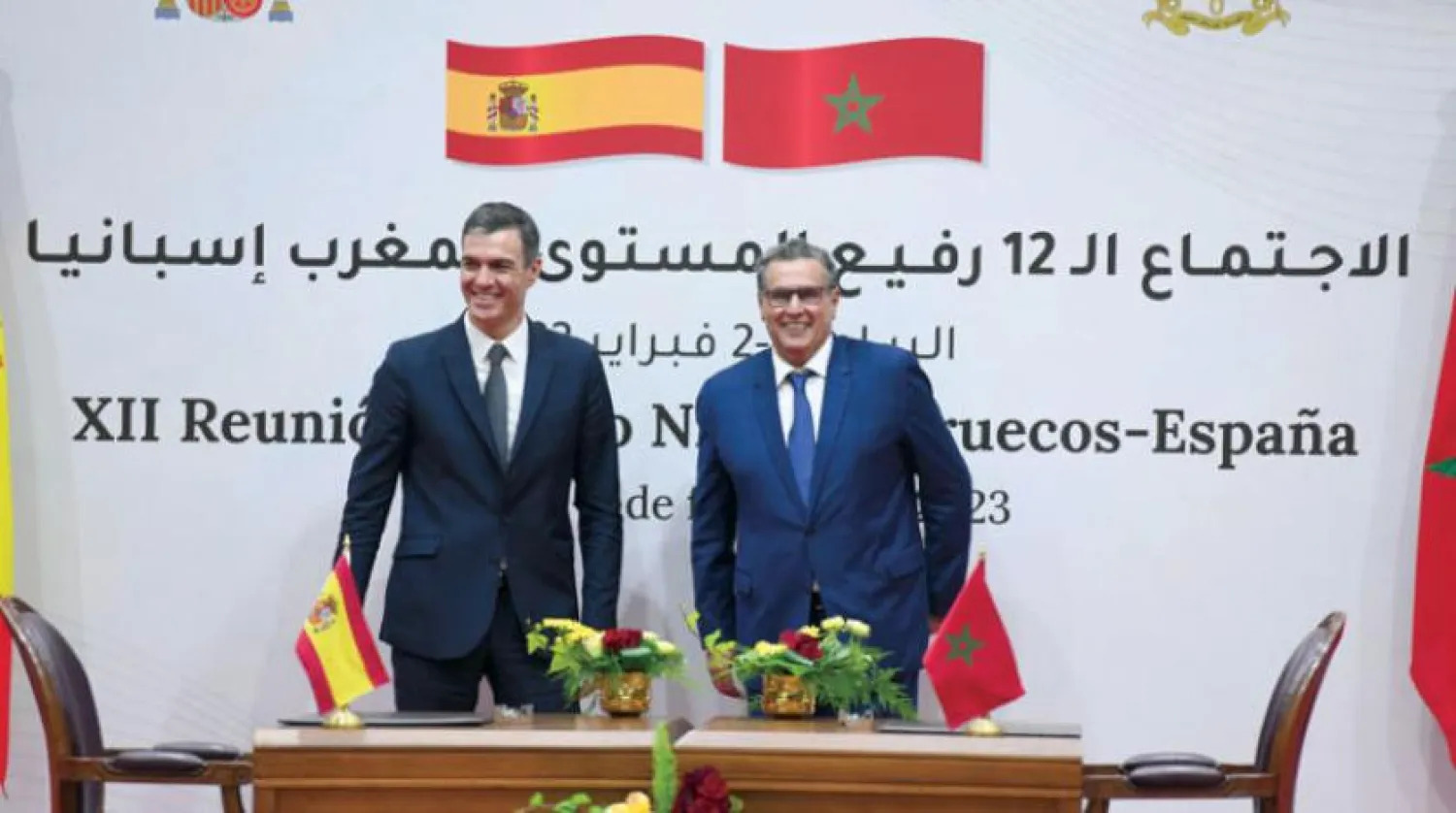US Vice President JD Vance has landed in New Delhi for a four-day official visit to India, as the two countries push forward in their ongoing negotiations over tariffs and a potential bilateral trade agreement on 21st April, 2025. The high-profile visit is aimed at deepening cooperation across trade, defence, strategic technology, and other sectors. Accompanied by his wife, Usha Vance – whose parents emigrated from India to the United States – and their children Ewan, Vivek, and Mirabel, Mr. Vance arrived in the Indian capital on Monday morning. They were received at the airport by Indian Railways Minister Ashwini Vaishnaw under a red canopy, where a military band played the US national anthem and soldiers presented a formal salute.
The timing of the visit is significant, coming just weeks after US President Donald Trump imposed, and then paused, sweeping tariffs on about 60 countries, including India. With a 90-day pause on increased duties ticking down toward a July deadline, both nations are racing to conclude at least a limited trade agreement before the deadline, with hopes of a broader deal by autumn. During meetings held at Prime Minister Narendra Modi’s official residence, both leaders expressed optimism. A statement from Modi’s office said the prime minister “welcomed the significant progress” in the trade negotiations and highlighted continued efforts to enhance cooperation in energy, defence, and strategic technologies. Modi also “conveyed his warm greetings to President Trump,” ahead of his expected visit to India later this year.
The statement noted that Modi and Vance “exchanged views on various regional and global issues of mutual interest,” and called for “dialogue and diplomacy as the way forward.” The TRUST (Transforming Relationship Utilising Strategic Technology) partnership, aimed at expanding cooperation in critical areas like AI, semiconductors, pharmaceuticals, and space, is also expected to see announcements during the visit. The US, which is India’s largest trading partner, currently records a bilateral trade volume of $190 billion with India, with a trade deficit of approximately $46 billion in India’s favour. Both countries have set a target to double trade to $500 billion by 2030. Mr. Trump, who has referred to India as a “tariff king” and “big abuser” of trade relationships, has implemented a 26% tariff rate on Indian goods, calling it discounted against an average 52% duty on US exports. India has responded by reducing tariffs on some American goods, with more cuts under consideration. A final agreement could include purchases by India of US-made Javelin missiles and Stryker vehicles, along with additional concessions on tariffs.
Although no formal agreements are expected during Vance’s visit, his presence is seen as a significant boost to the political momentum behind the negotiations. Finance Minister Nirmala Sitharaman, currently in Washington, is advocating for a swift resolution on India’s behalf.
On Monday evening,PM Modi hosted a private dinner for the Vance family at his residence. The visit also has a personal dimension: Usha Vance’s Indian heritage and the family’s connection to the country are reflected in the itinerary. The family is touring cultural sites including Jaipur’s royal palaces and the Taj Mahal. The Vance children wore traditional Indian attire during a visit to the Swaminarayan Akshardham temple and shopped for handicrafts in Delhi, where Prime Minister Modi presented them with peacock feathers — India’s national bird.
Vice President Vance is scheduled to deliver a key policy address in Jaipur, where he will outline international priorities. In his speech, Vance stated that India and the US must work together for a “prosperous and peaceful” 21st century but warned of dark times if cooperation fails. He announced that both nations had finalised the terms of reference for the ongoing trade negotiations — “a vital step toward realising President Trump and Prime Minister Modi’s vision,” he said.
Vance described PM Modi as a “tough negotiator” who “drives a hard bargain,” earning applause from his Jaipur audience. He also reiterated Washington’s desire to expand energy and defence sales to India. Amid rising competition from China, whose president Xi Jinping is actively courting southeast Asian nations, the United States views stronger India ties as strategically vital. The upcoming Quad Leadership Summit in Delhi — to be attended by Trump — is seen as pivotal in counterbalancing China’s influence in the Indo-Pacific region. While trade remains the top agenda item, Monday’s talks and Vance’s ongoing visit underscore a broader, multi-faceted push to deepen the US-India relationship.


